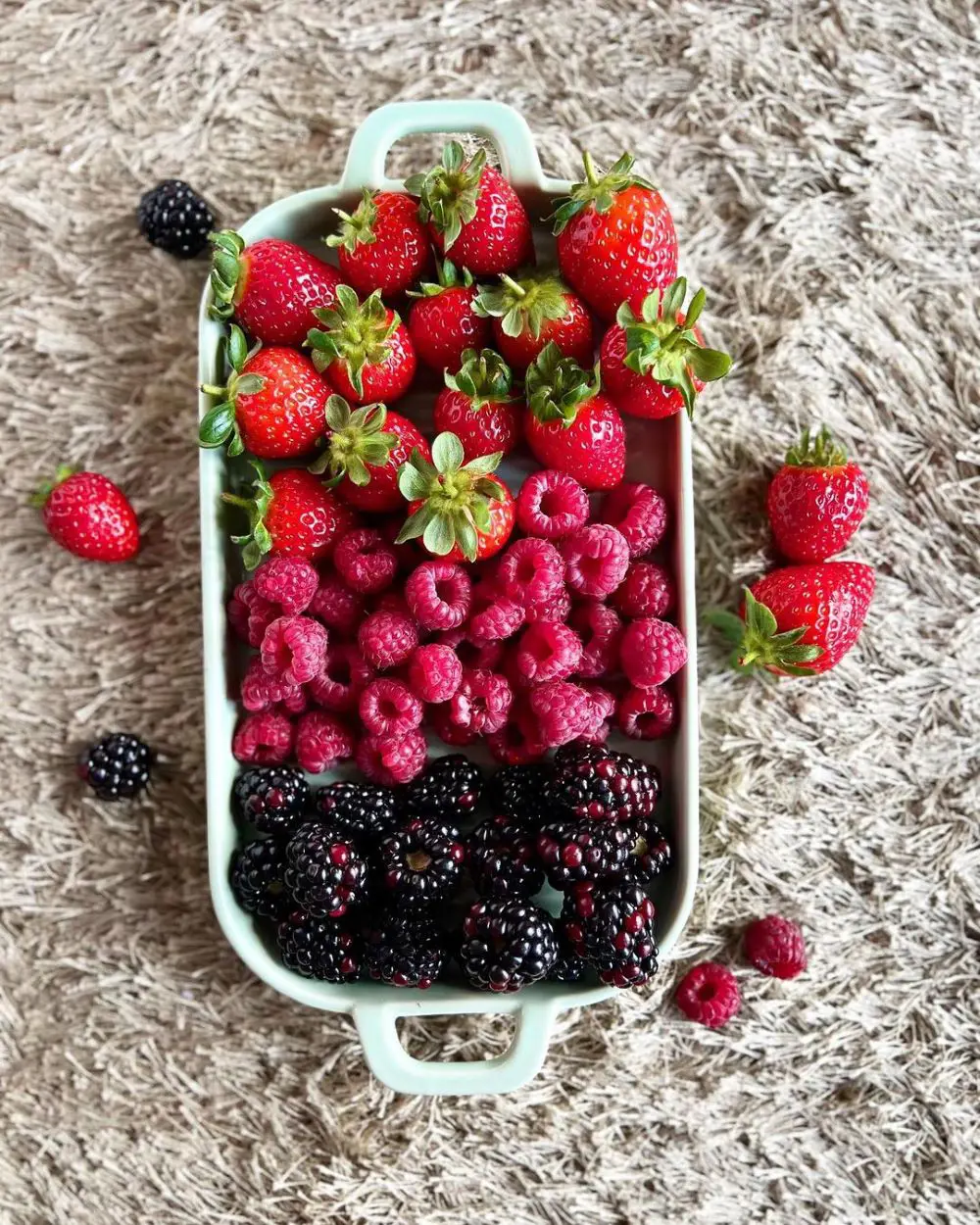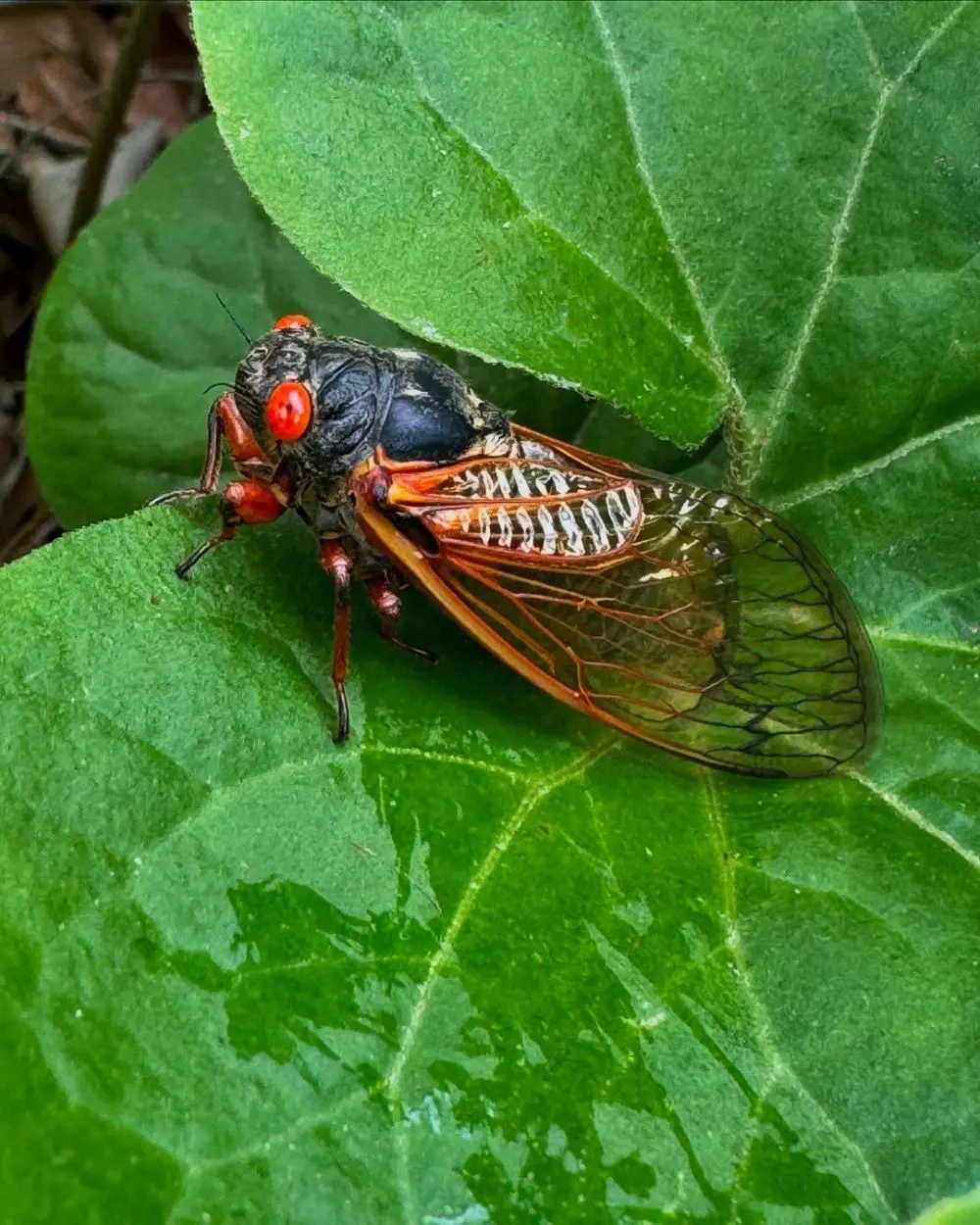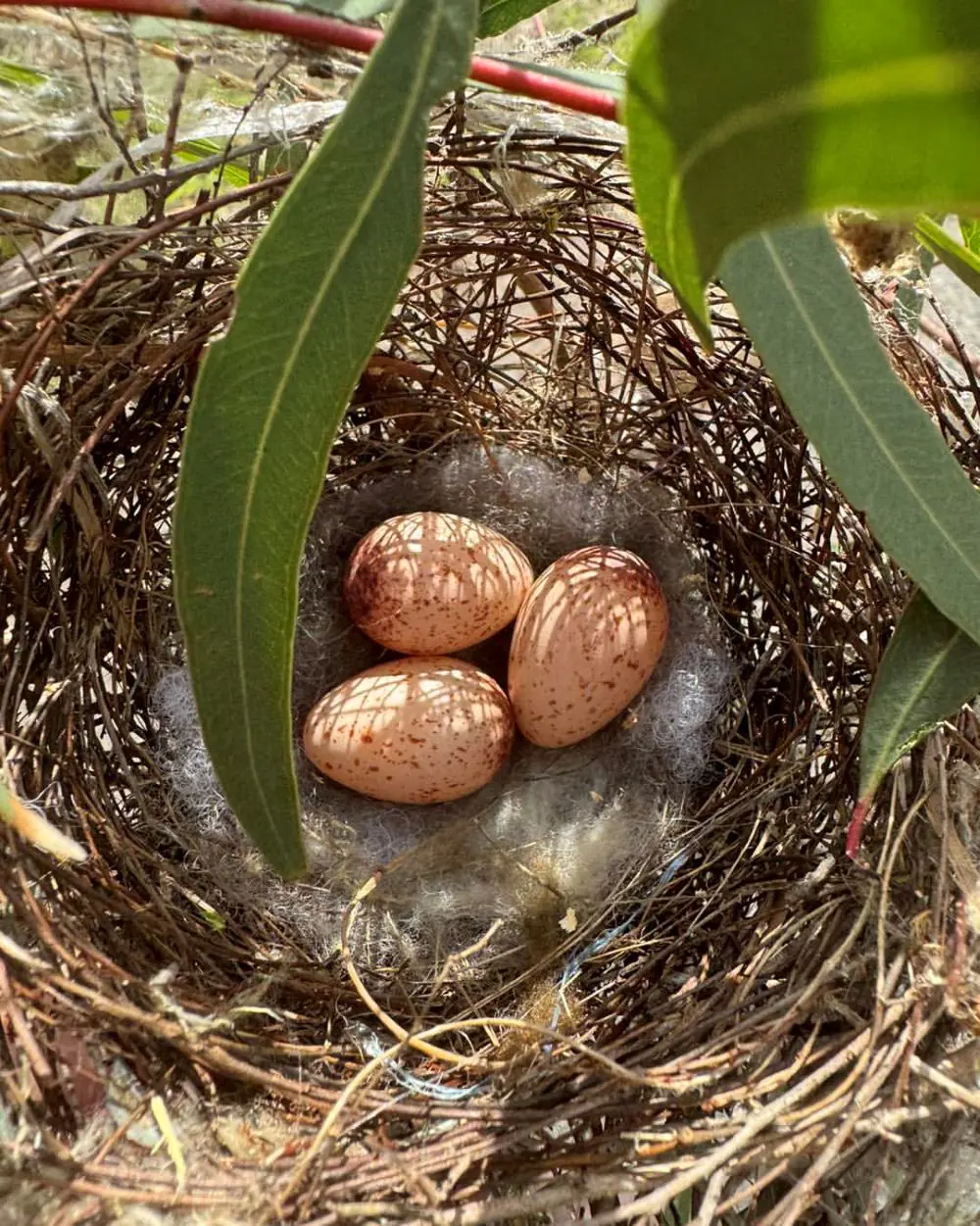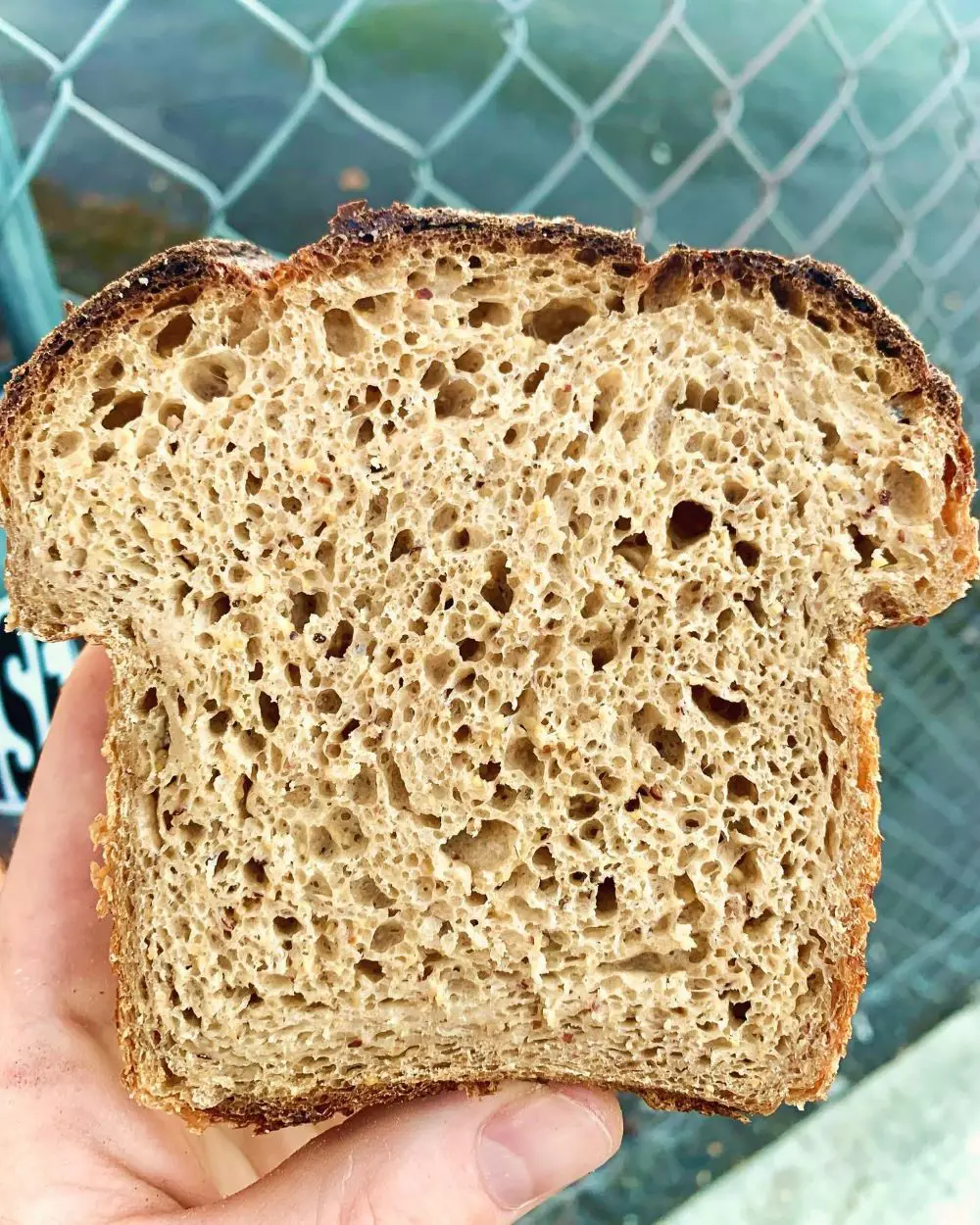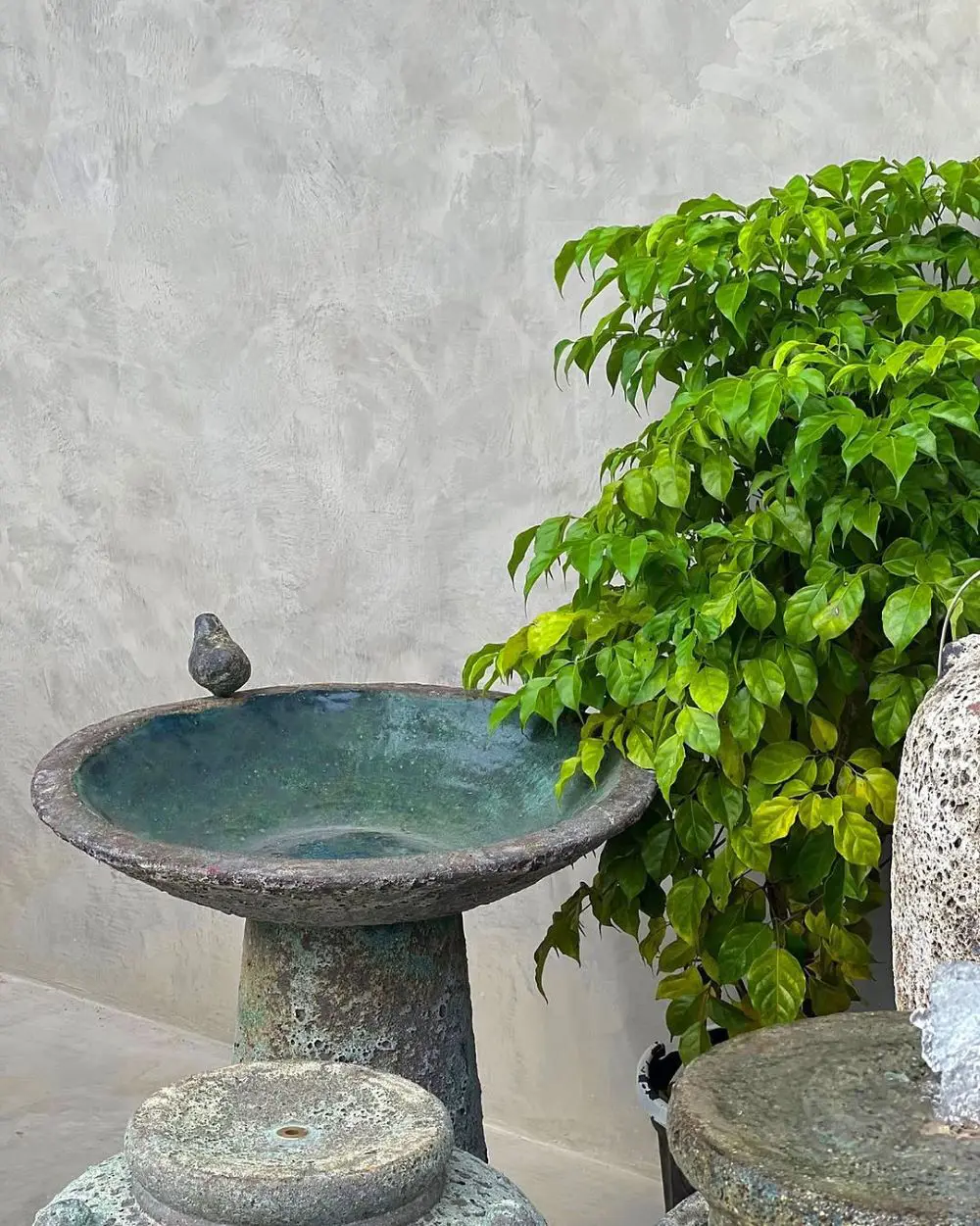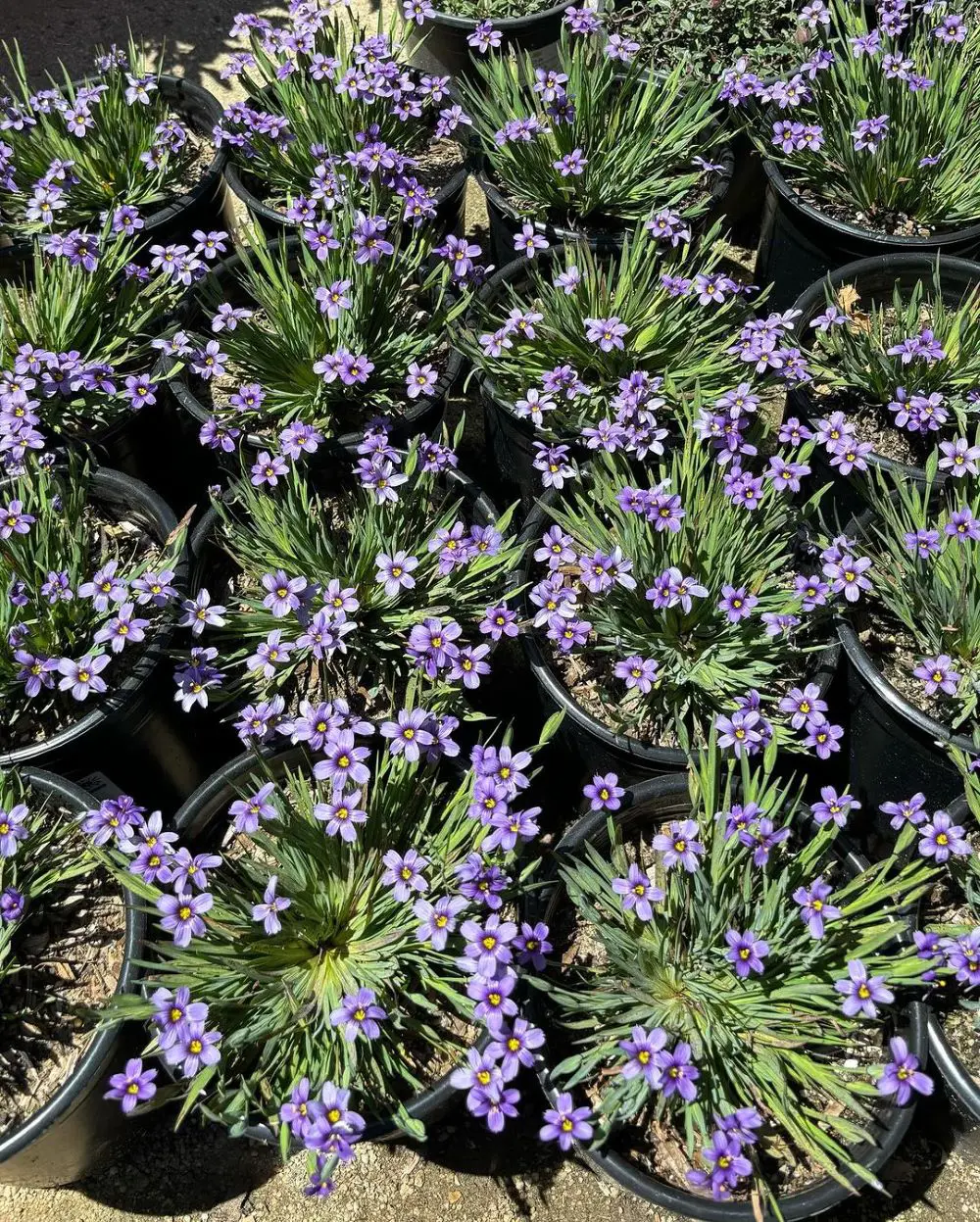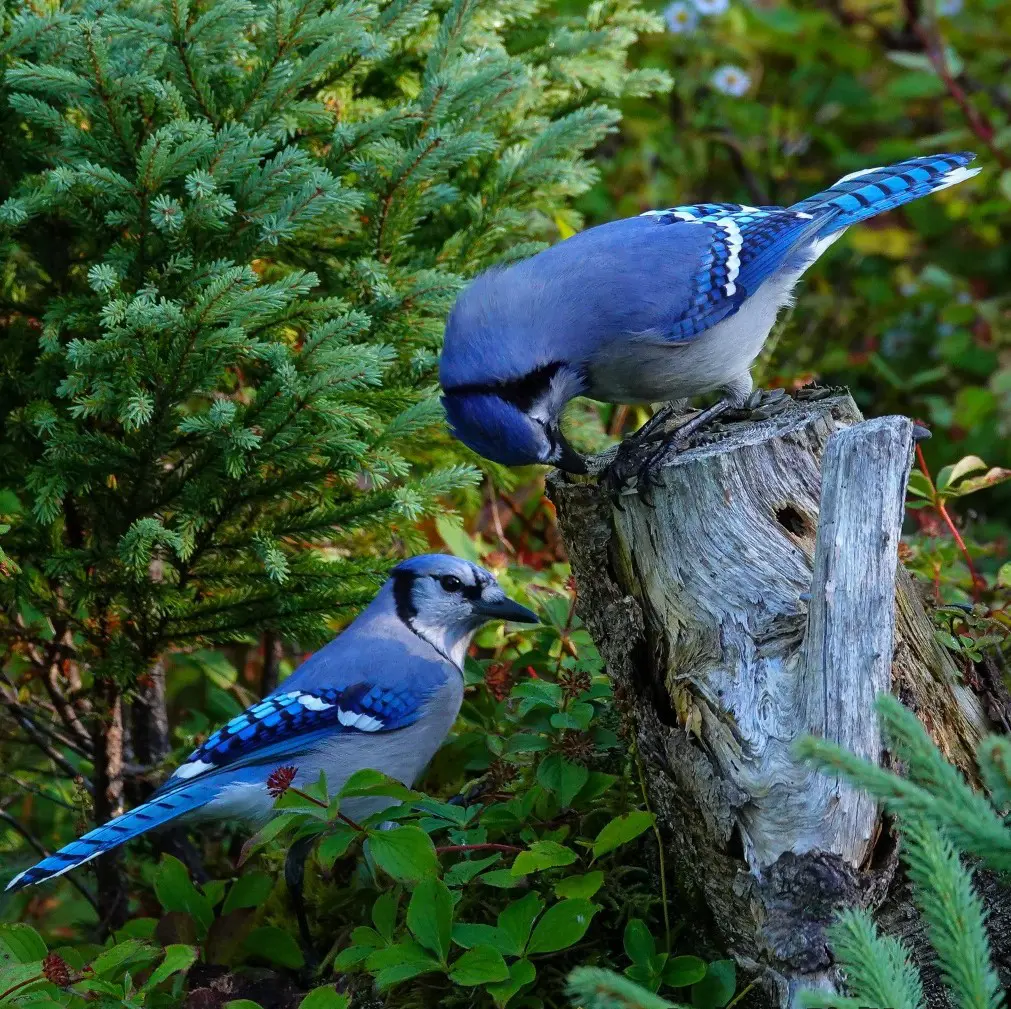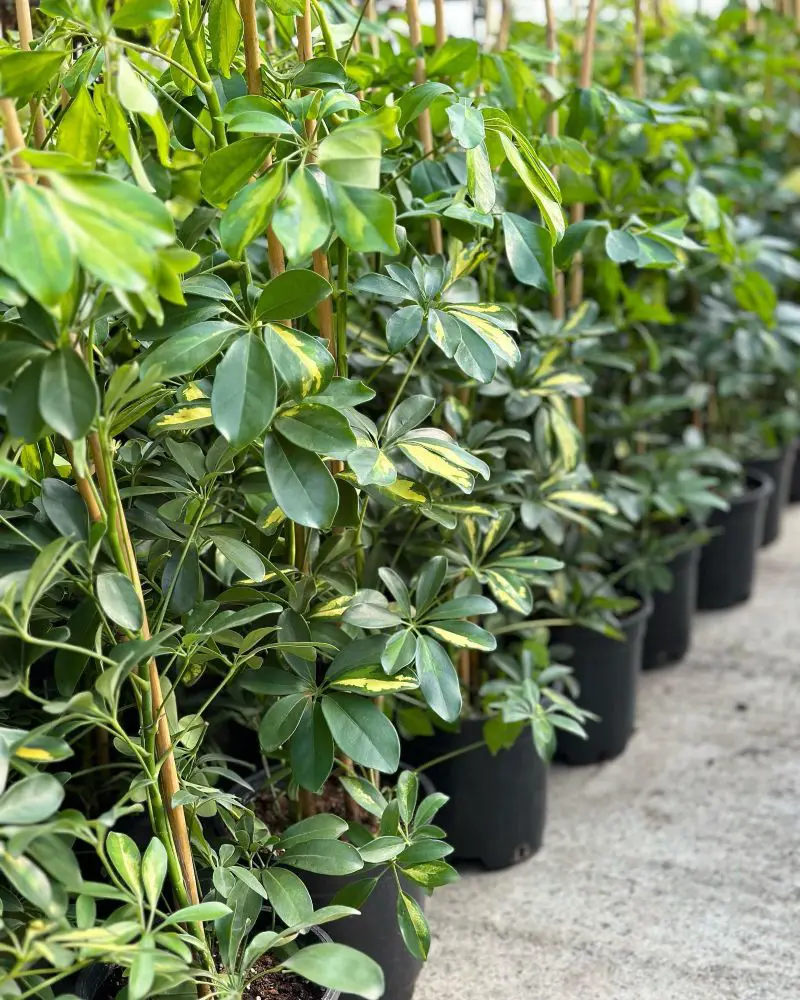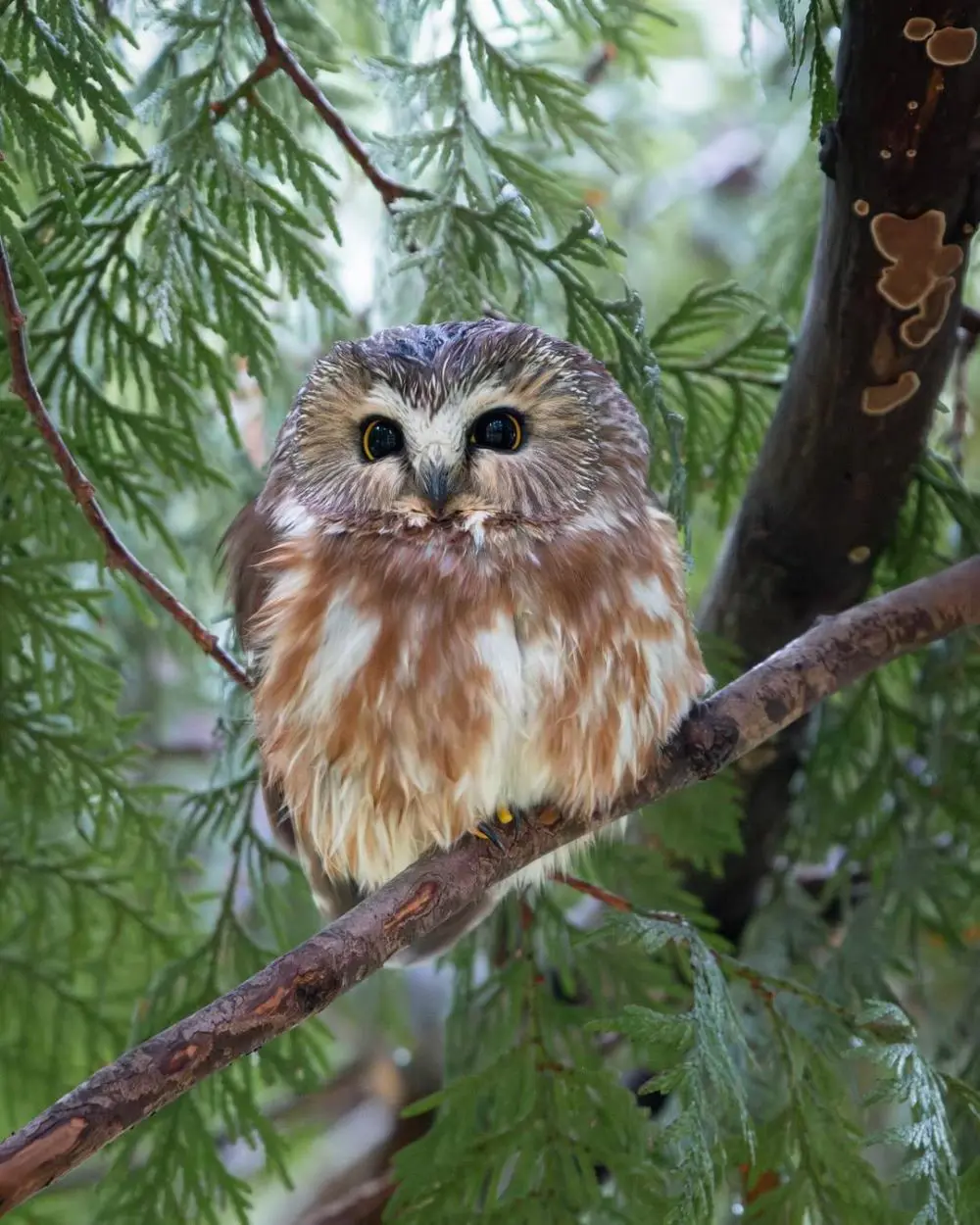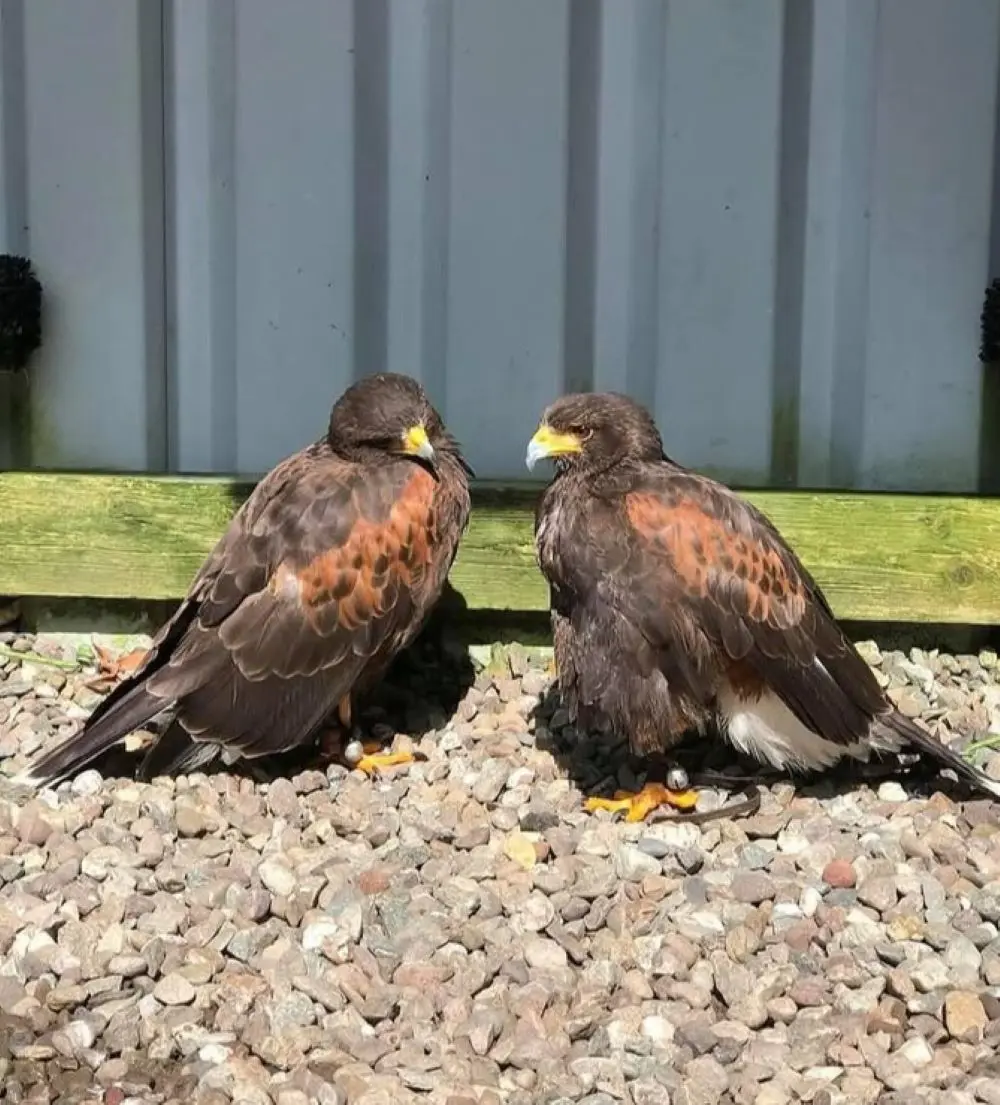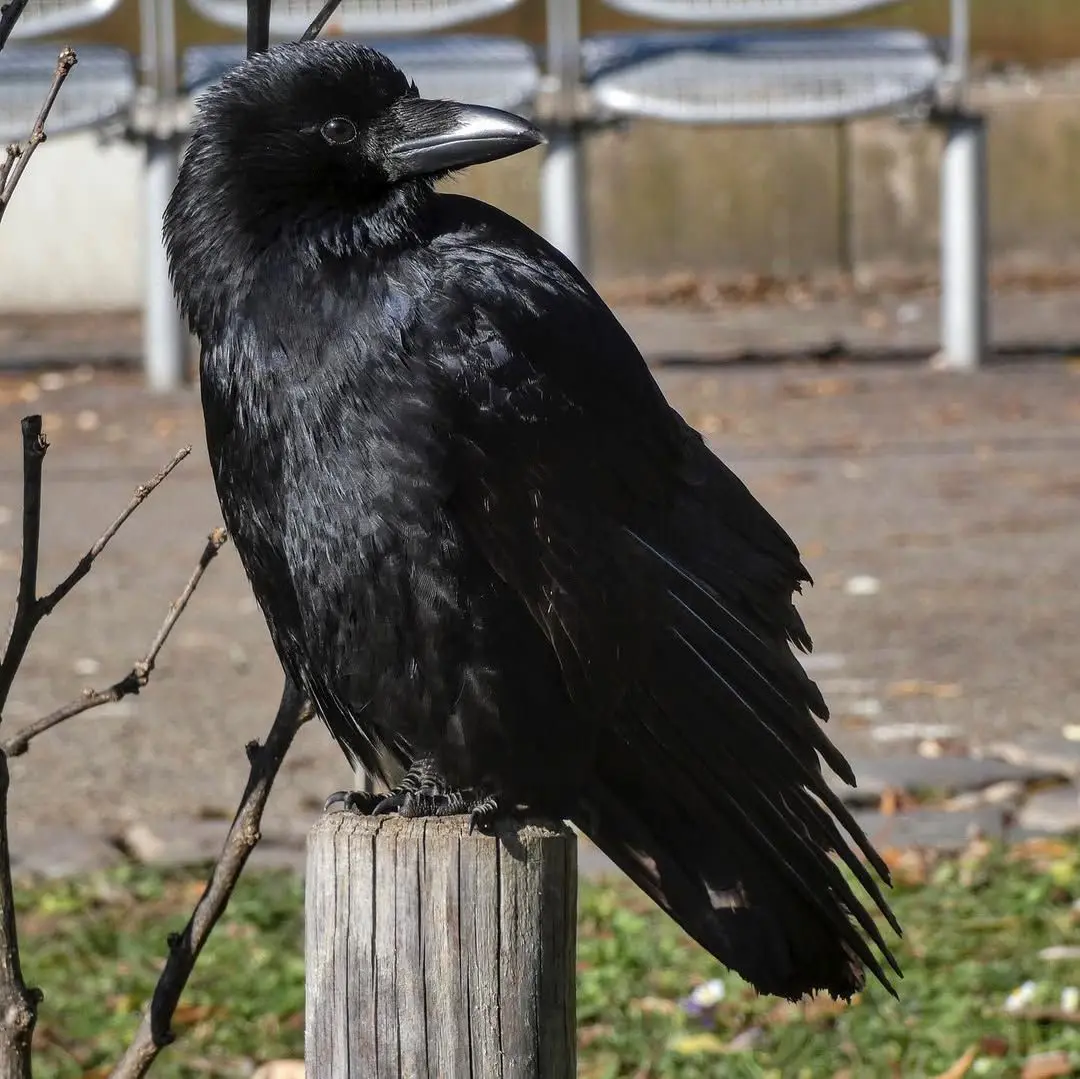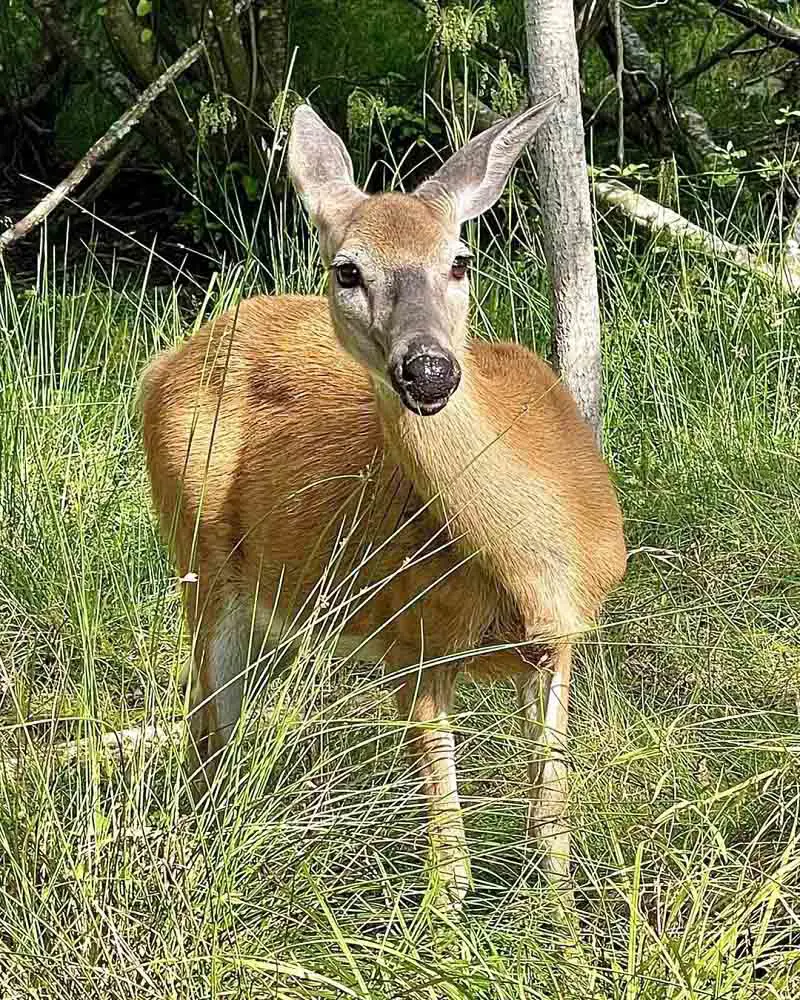Nuts and Seeds
Blue Jays are omnivores and do not have any dietary restrictions. However, they depend mostly on nuts and seeds for survival.
1. Hazelnuts
Hazelnuts are your answer if you are wondering how to attract blue jays in your yard. These nuts are a favorite food of blue jays. They are highly nutritious and rich in fats, essential for their winter diet when they must produce heat to keep warm.
Besides fats, hazelnuts also contain carbohydrates and proteins vital for tissue growth. They provide good nutrition for the birds when all other food is scarce during winter. So, putting out hazelnuts in your backyard during the colder months is perfect for attracting blue jays.
2. Acorns
Another food that is very rich in nutrients that blue jays cannot get enough of is acorns. Blue Jays are known for their love of acorns, especially when taken naturally from an oak forest near your dwelling. These nuts are a major part of their diet in the fall, which they often store to eat later.
The birds can carry off 100 acorns in a day during harvest, and a single jay may hide 3,000 – 5,000 nuts in one season. To break these open, jays hold them against a perch with one foot and hammer on them with their beaks.
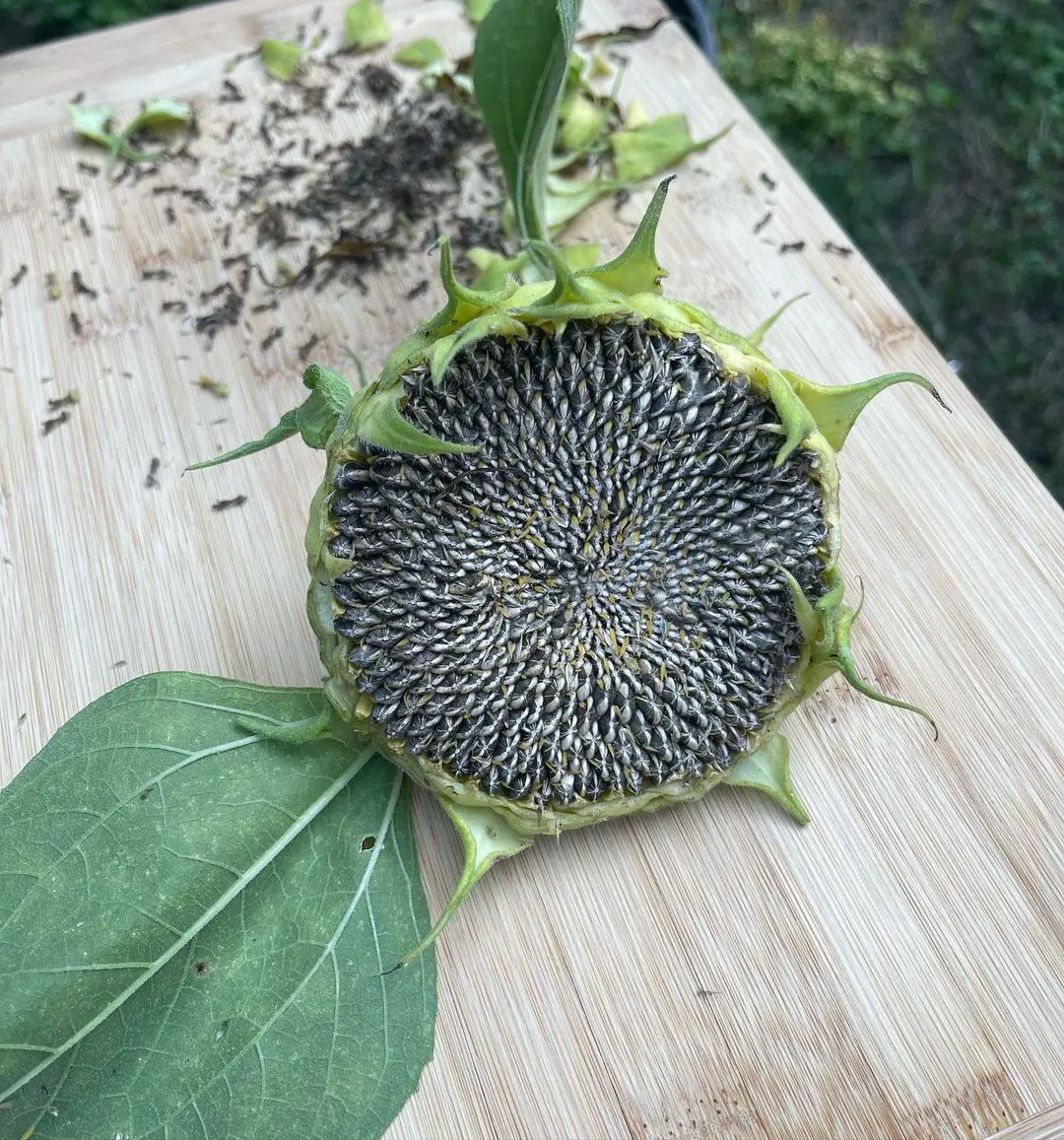
3. Sunflower Seeds
Sunflower seeds are another food the jays can easily crack open and not get enough of. You will be surprised at the speed with which the bird can swallow these seeds. In one sitting, they might gobble at least 100 seeds.
However, despite providing a good balance of fats and proteins, which the birds require, and their love for them, blue jays will not eat sunflower seeds. They are picky eaters and will only eat the undamaged and viable seeds. If you want to put these seeds in your blue jay bird feeder, go for black ones.
4. Pine nuts
With a robust bill, blue jays can make quick work of pine nuts. They often forage for them in pine trees. These nuts are also packed with healthy fat, protein, vitamins, and minerals, which give them the energy to control their body temperatures in the cold months.
If you serve pine nuts in a bird feeder for jays, the best choice is unsalted and unseasoned ones since salt and seasoning are harmful to the jays’ health. Also, check that the nuts are not stale. Otherwise, they may get sick. To serve, just scatter the nuts in your bird feeder or mix them with other bird-friendly seeds.
5. Peanuts
Many birds, including blue jays, love unshelled peanuts. For this reason, birders often offer these types of peanuts in open feeders. Once the birds locate the nuts with their peanut radar, they go back and forth, taking as many peanuts in their beaks before flying off to hide them. They only stop when the feeder is empty. They don’t like to share.
These birds usually hide the peanuts by burying them under the soil and leaf litter in their favorite places. And they are pretty good at remembering those sites. So, these blue birds will surely appear when you put out peanuts.

